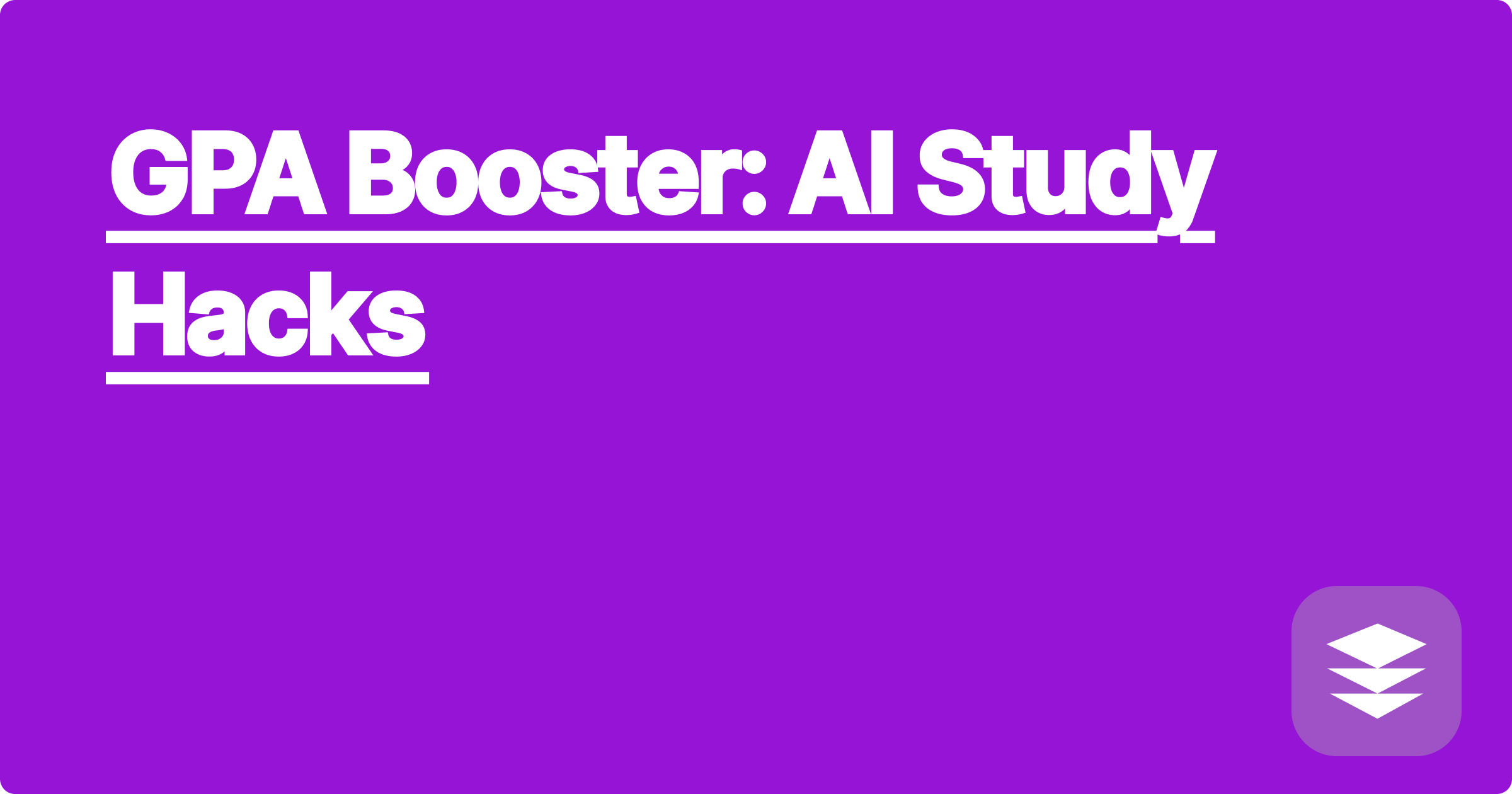
The demanding nature of STEM fields presents a significant challenge for students and researchers alike. Balancing rigorous coursework, complex concepts, and extensive research demands efficient and effective study strategies. Fortunately, the rise of artificial intelligence offers powerful new tools to enhance learning and boost academic performance. AI can provide personalized support, automate tedious tasks, and unlock deeper understanding, ultimately paving the way for academic success in STEM.
This is particularly relevant for STEM students and researchers striving to improve their GPA and research output. The competitive landscape of these fields requires individuals to constantly seek innovative approaches to learning and problem-solving. AI-powered tools can provide a crucial edge, enabling students to grasp challenging concepts more quickly, optimize their study time, and produce higher-quality work. Embracing these technologies can be a game-changer for anyone seeking to excel in STEM.
STEM education often involves grappling with intricate theories, complex equations, and vast amounts of information. Traditional study methods can be time-consuming and may not always lead to a deep understanding of the material. Students often struggle to connect disparate concepts, apply theoretical knowledge to practical problems, and efficiently manage their study time. Researchers face similar challenges, spending countless hours sifting through literature, analyzing data, and formulating hypotheses. The sheer volume of information and the complexity of the research process can be overwhelming, hindering productivity and innovation.
Artificial intelligence offers a transformative approach to STEM learning and research. Tools like ChatGPT, Claude, and Wolfram Alpha can provide personalized support, automate tedious tasks, and facilitate deeper understanding. ChatGPT and Claude, for example, can be used to generate explanations of complex concepts, provide practice problems, and even simulate interactive learning experiences. Wolfram Alpha excels at computational tasks, allowing users to solve equations, visualize data, and explore mathematical concepts in an interactive way. By integrating these tools into their workflow, STEM students and researchers can optimize their study habits and enhance their overall productivity.
Begin by identifying specific areas where you need support. Are you struggling with a particular concept in calculus? Do you need help analyzing a large dataset for your research project? Once you've pinpointed your needs, select the appropriate AI tool. For conceptual understanding and practice problems, ChatGPT or Claude might be suitable. For computational tasks and data analysis, Wolfram Alpha is a powerful choice. Next, formulate clear and concise prompts or queries for the AI. For example, if you're using ChatGPT to understand the concept of derivatives, you might ask it to explain the concept in simple terms and provide real-world examples. After receiving the AI's output, carefully review and analyze the information. Don't passively accept the AI's responses; actively engage with the material by asking follow-up questions and seeking clarification. Finally, integrate the AI's insights into your overall study plan. Use the generated explanations, practice problems, and data visualizations to reinforce your understanding and improve your problem-solving skills.
Consider a student struggling with the concept of eigenvectors in linear algebra. They could use Wolfram Alpha to compute the eigenvectors of a given matrix and visualize the results graphically. This visual representation can help them understand the geometric interpretation of eigenvectors and their relationship to the matrix transformation. Another example is a researcher analyzing a large dataset of experimental results. They could use Python libraries powered by AI algorithms to identify patterns and correlations within the data, leading to new insights and hypotheses. Furthermore, a student needing to understand the derivation of a specific physics formula could ask ChatGPT to explain the derivation step by step, providing a clear and concise explanation that supplements their textbook. These are just a few examples of how AI tools can be applied in practical STEM scenarios.
To maximize the benefits of AI in STEM education and research, it's crucial to develop effective strategies. First, actively engage with the AI tools. Don't simply rely on them for answers; use them as a springboard for deeper learning and exploration. Second, combine AI tools with traditional study methods. AI should complement, not replace, established learning practices like reading textbooks and attending lectures. Third, develop critical thinking skills. While AI can provide valuable insights, it's essential to evaluate the information critically and ensure its accuracy and relevance. Finally, explore the diverse range of AI tools available. Different tools offer unique functionalities and strengths, so experiment to find the ones that best suit your needs.
Conclude by emphasizing the transformative potential of AI in STEM education and research. By embracing these powerful tools and developing effective strategies for their use, students and researchers can unlock new levels of understanding, enhance their productivity, and achieve greater academic success. Start exploring the possibilities today and discover how AI can help you reach your full potential in the exciting world of STEM.
AI Homework Help: STEM Made Easy
Ace STEM Exams: AI Study Guide
AI for Lab Reports: Data Analysis